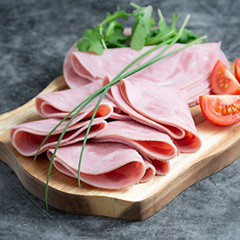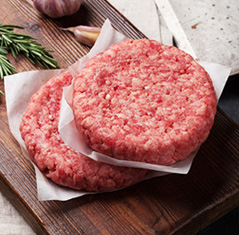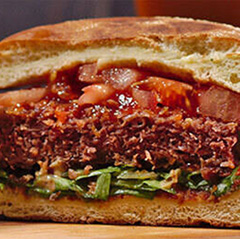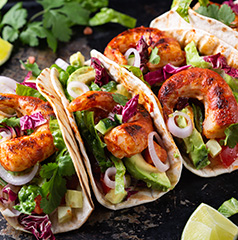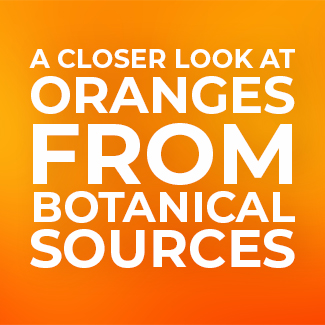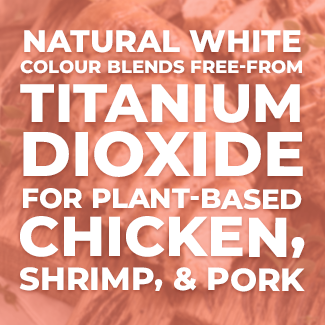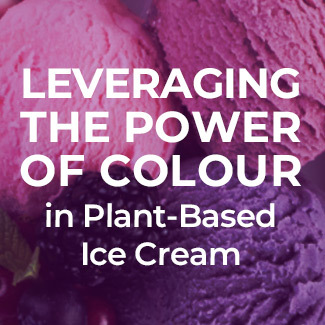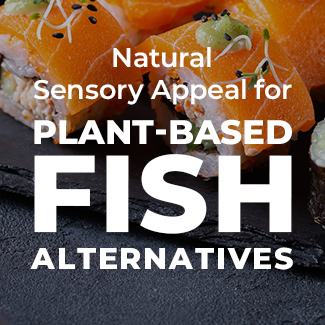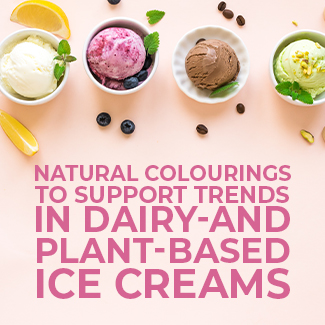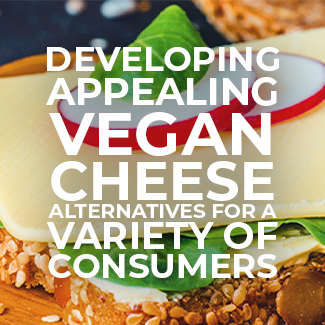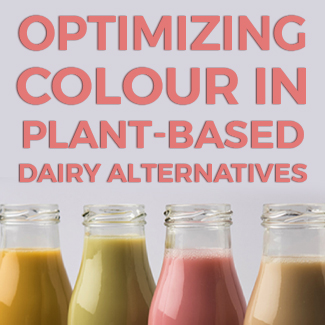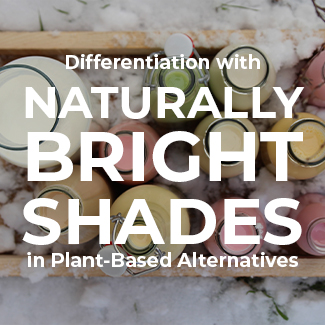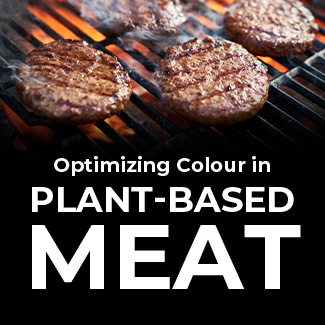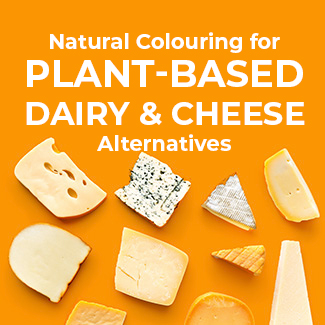Colour Solutions for Plant-Based Meat Alternatives
Plant-Based Expectations are Growing
Optimized colour improves flavour perception in plant-based meat
Sensient Consumer Research 2019-2022
Developers looking to improve taste can look to optimized, flavour-appropriate colour solutions for specific target visuals.

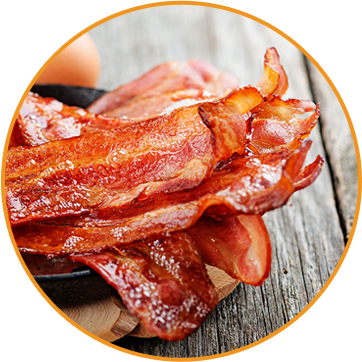
While colour suppliers have long been striving toward increasingly stable natural colour solutions, in the case of plant-based proteins a colour shift under heat processing can be a good thing, showing a change from a “raw” visual to a “cooked” one. Sensient’s colour experts work every day to leverage their deep knowledge of colour sources like beet to meet specific formulation needs.
Labeling is also a key consideration for plant-based products. If a developer is seeking to claim “certified organic”, it’s important for ingredient suppliers like Sensient to know at the beginning of the development process so we can provide solutions that fit those restrictions.
The target shade of a product is critical to understand, and efficient formulation depends on understanding how to work with the base shade of the product to achieve a specific visual. The difference between a medium burger and a well-done plant-based burger could be wholly different colour solutions.
Plant-Based Colour Solutions Create Next-Level Visuals for Plant-Based Meat Alternatives
Natural Pink Solutions

From raw chicken to cooked shrimp, many raw meats are shades of pink, and some keep pink hues through a cooking process. Standard beet solutions lack the heat stability of advanced versions of these solutions, but can be a great choice for products desiring a colour change with heat. Beet-based solutions from Sensient’s UberBeet™ portfolio, like Magna Ruby and SupraRed™ and Sensient’s high-performing colouring food option, can be used for heat-stable pink.
Sample Natural Pink Solutions
Natural Red Solutions

Deeper shades of red perfectly represent proteins like bacon, salami, and raw beef. Highly concentrated beet solutions like SupraRed™ can achieve this appearance without impacting the texture or flavour profile.
Sample Natural Red Solutions
Natural Brown Solutions

Brown is arguably the “default” shade of cooked meat, from seared steaks to baked chicken. Sensient’s Natural Brown Platform offers caramel-free heat-stable brown shades from warm tan to darker shades reminiscent of a grilled or seared aesthetic.
Sample Natural Brown Solutions
Natural Orange Solutions
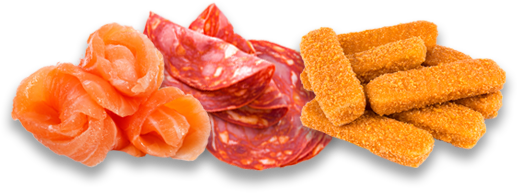
Orange is an important visual cue for raw salmon and many spicy flavours in breadings or sausages. Colouring foods and natural colour solutions like paprika and natural carotenes can be leveraged to create bold visuals that match animal proteins.
Sample Natural Orange Solutions
Natural Yellow Solutions

For yellow shades in flavoured chicken dishes like curry, sushi, or plant-based egg products like omelettes, colouring foods and natural colour solutions like turmeric, carthamus, and natural carotenes can help developers mimic traditional meat appearances.
Sample Natural Yellow Solutions
Natural White Solutions

White is an important shade for plant-based proteins replacing cooked chicken, cooked pork, and raw OR cooked fish like cod or halibut. Sensient’s Avalanche™ portfolio offers a wide range of natural white colour solutions tailored to perform in any application.
Sample Natural White Solutions
Learn more about formulating with colour in plant-based protein by clicking these icons to view relevant blogs and webinars:
-
Natural Sensory Appeal for Plant-Based Fish Alternatives »
-
Sensory Solutions for Plant-Based Meat Analogues »
-
Optimizing Colour in Plant-Based Meat »
-
Market Trends in the Growing Plant-Based Meat Category »
-
Colour Aesthetics of Plant-Based Beef Alternatives »
-
Authentic Sensory Solutions for Plant-Based Meat »




